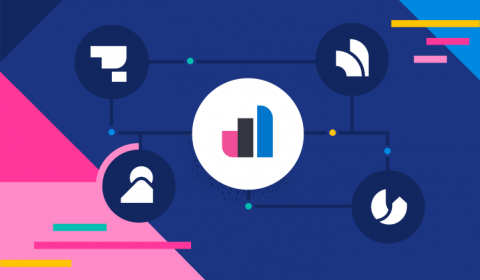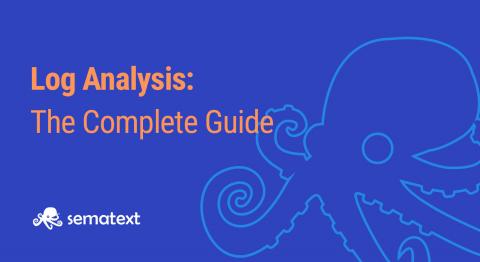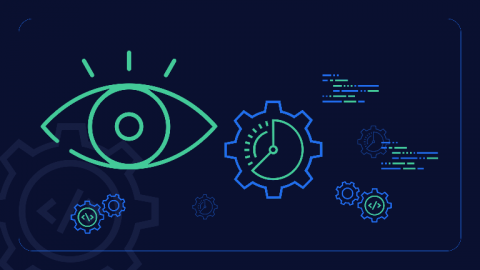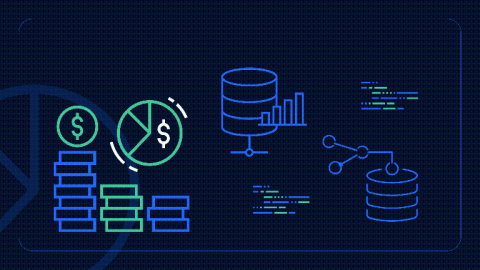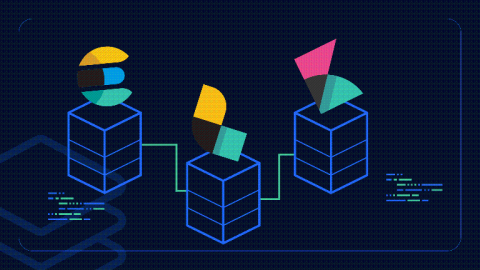Managing your Log Volume across Multiple Accounts Just Got Easier
Many organizations are adopting centralized logging tools so that they have one place for all of their data. This is generally easier than having separate tools across teams for log storage and analysis. But centralized logging introduces new challenges, like how to segment those logs according to the teams or developers where they are the most relevant. And, how to manage log volume.




